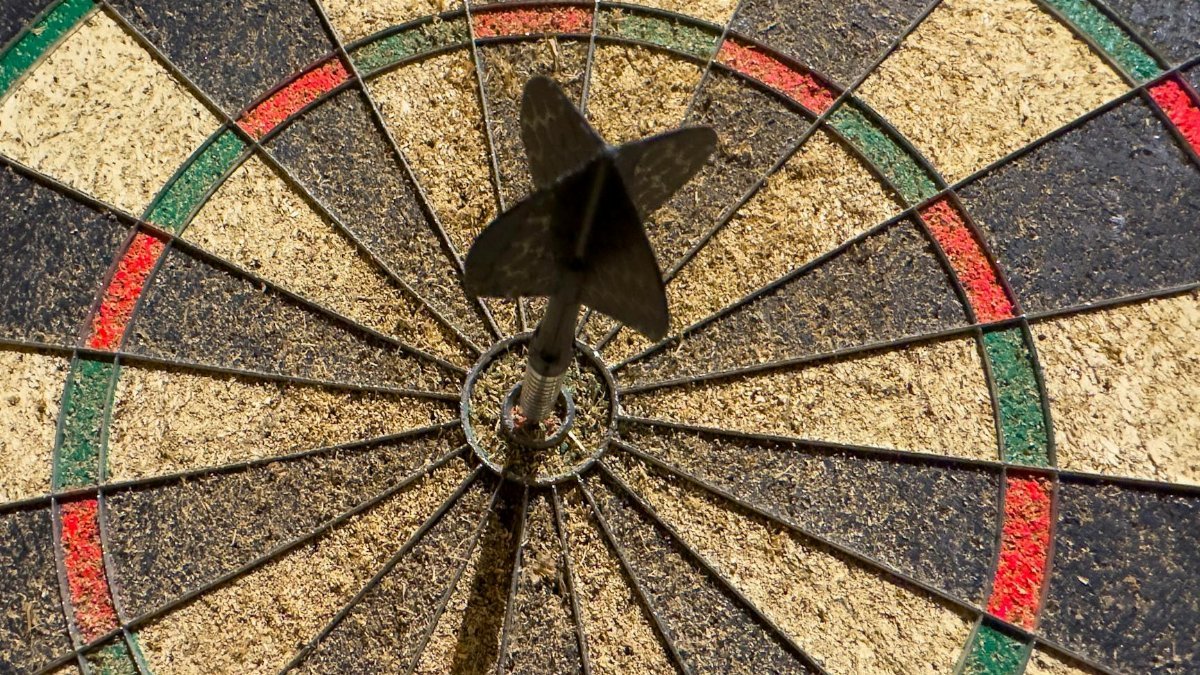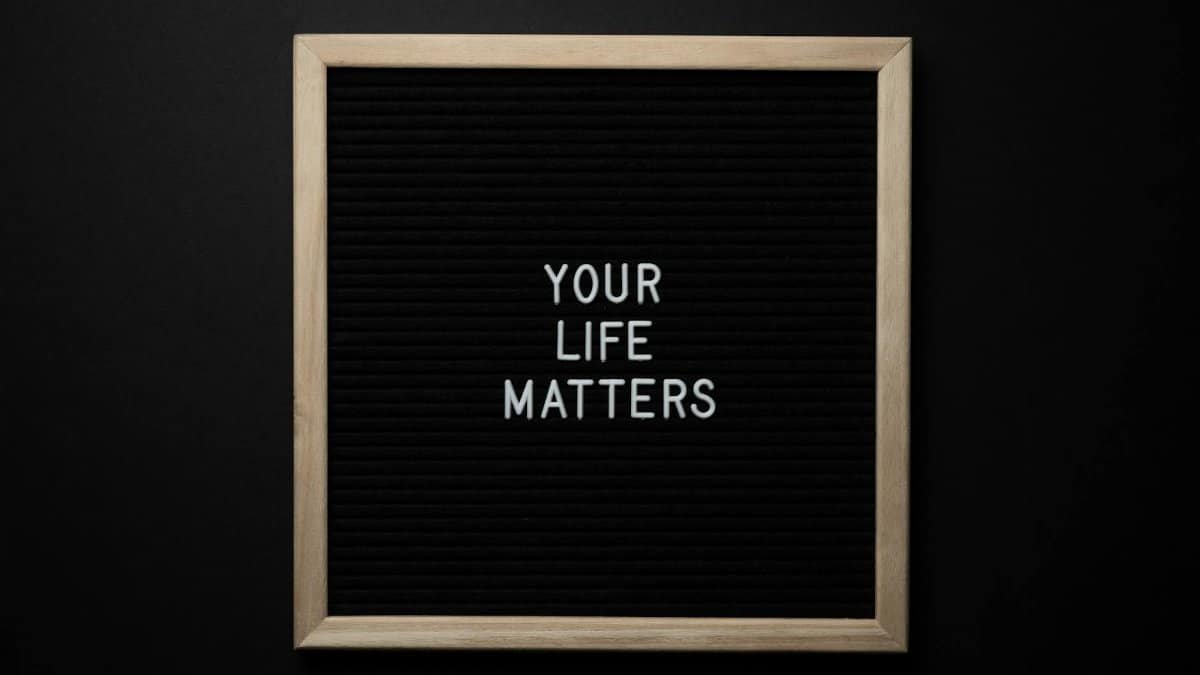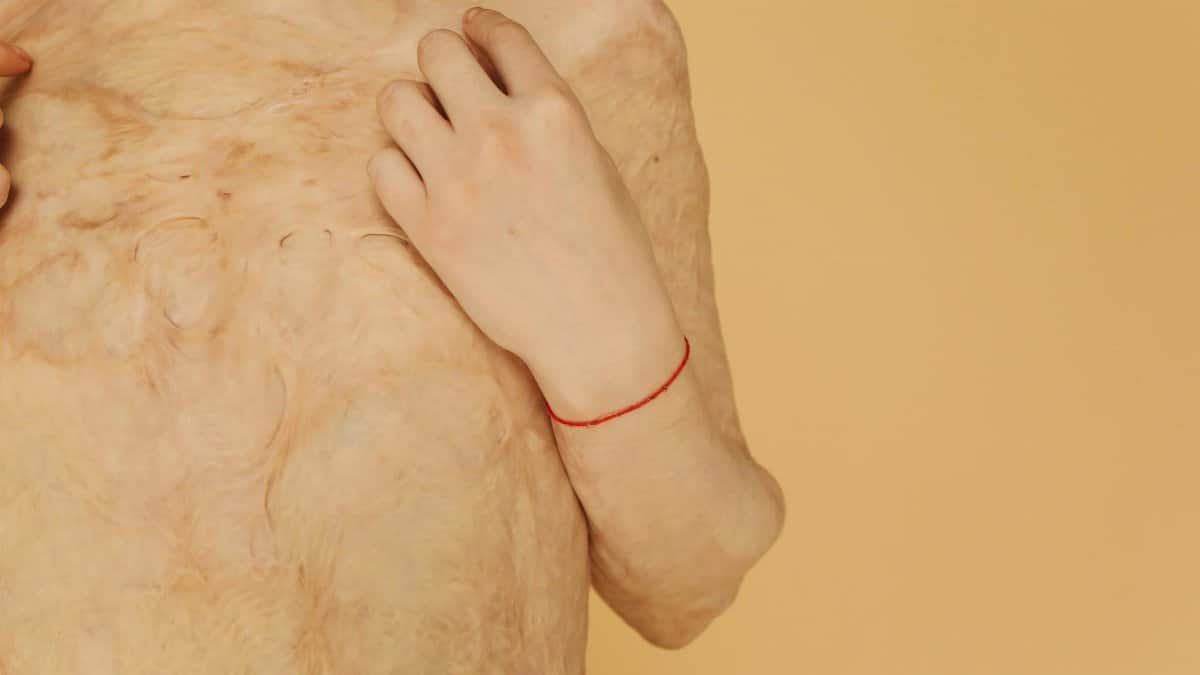In a fast-paced world, new data shows 68% of Americans report using mindfulness techniques to find inner calm, according to a recent Pew Research survey. But here’s the twist: true peace mindfulness isn’t the blissful escape many imagine. It’s a practice that often stirs discomfort before delivering serenity. As more people turn to it amid rising stress levels in 2025, experts warn that initial unease is part of the process. This approach, blending awareness with acceptance, challenges deep-seated habits and emotions, leading to profound personal growth.
The Roots of Discomfort in Peace Mindfulness

Peace mindfulness starts by confronting what’s hidden. Practitioners often face suppressed emotions or unresolved traumas that surface during quiet reflection. A study from Harvard Medical School highlights how mindfulness can initially increase anxiety as the mind adjusts. This discomfort arises because we’re wired to avoid pain, but embracing it fosters resilience. In daily life, this means sitting with unease rather than distracting ourselves with screens or busyness.
Why Perfection Isn’t the Goal

Many chase an idealized version of peace, but peace mindfulness teaches acceptance over flawlessness. It’s about observing thoughts without judgment, even the messy ones. Research from the University of California, Berkeley’s Greater Good Science Center shows that self-compassion practices reduce self-criticism, paving the way for genuine tranquility. In 2025, with mental health apps booming, users are learning that true calm comes from acknowledging imperfections, not erasing them.
Common Challenges Beginners Face

Starting peace mindfulness can feel like hitting a wall. Distractions, boredom, or frustration often derail early attempts. Experts note that the brain resists stillness, especially in our always-on culture. A report from the American Psychological Association explains how consistent practice rewires neural pathways, but the first weeks are tough. Pushing through builds mental stamina, turning discomfort into a tool for growth.
Practical Steps to Embrace the Unease

To navigate the initial discomfort, begin with short sessions. Sit for five minutes, focusing on your breath, and note any arising discomfort without reaction. Incorporate body scans to release tension. Guidance from the National Institutes of Health emphasizes gradual exposure. Apps like Headspace offer structured programs, helping users in 2025 integrate this into routines. Remember, the goal is progress, not instant bliss.
The Role of Acceptance in Finding Peace

Acceptance is key to peace mindfulness. It involves welcoming all experiences, even uncomfortable ones, as temporary. This shifts perspective from resistance to flow. Findings from a NIH-funded study on mindfulness-based stress reduction demonstrate reduced cortisol levels over time. In everyday scenarios, this means viewing stress as a signal, not an enemy, leading to deeper emotional freedom.
Impact on Daily Life and Relationships

Once past the discomfort, peace mindfulness transforms interactions. People report better empathy and less reactivity in conflicts. A 2025 survey by Gallup indicates improved workplace satisfaction among mindfulness practitioners. It encourages pausing before responding, fostering healthier bonds. However, the early phase might strain relationships as buried issues emerge, requiring open communication to navigate.
Scientific Backing for Long-Term Benefits

Science supports pushing through the unease. Long-term studies show mindfulness lowers depression risks and enhances focus. The Mayo Clinic reports sustained practitioners experience better sleep and immunity. In an era of rising burnout, these benefits make the initial discomfort worthwhile. Experts predict more adoption in 2025 as evidence mounts, urging skeptics to try it.
Real Stories of Transformation

Take John Ramirez, a New York accountant who started peace mindfulness after a burnout episode. “At first, it felt like stirring up a hornet’s nest,” he says. But after months, he found clarity. Similar accounts from therapy groups echo this: discomfort gives way to empowerment. These narratives highlight how the practice reshapes lives, one uneasy moment at a time.
Myths and Misconceptions Debunked

One myth is that peace mindfulness requires emptying the mind. In reality, it’s about observing thoughts. Another is that it’s only for the spiritually inclined; science shows it’s accessible to all. Dispelling these helps newcomers persist through discomfort, leading to authentic peace.
Moving Forward with Intention

As 2025 unfolds, embracing peace mindfulness means accepting its uncomfortable truths. Start small, stay consistent, and watch transformation unfold. With rising awareness, this practice could redefine how Americans handle stress, proving that true peace often begins with a little chaos.
